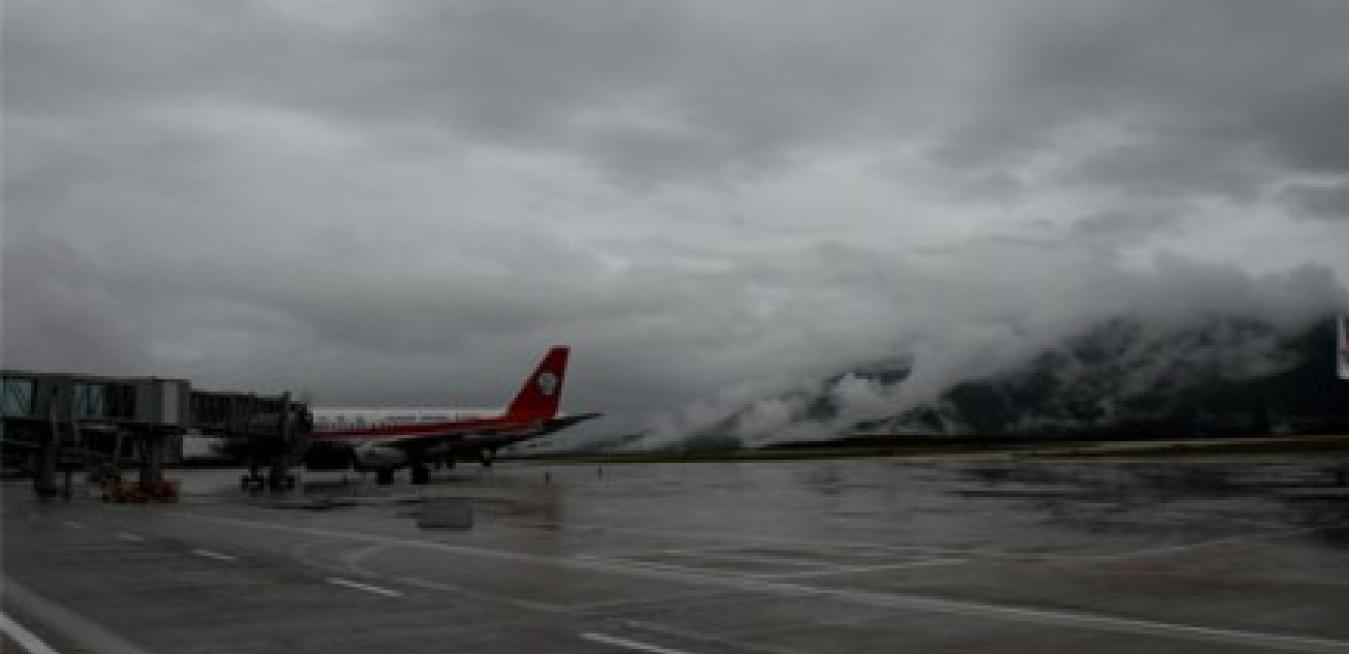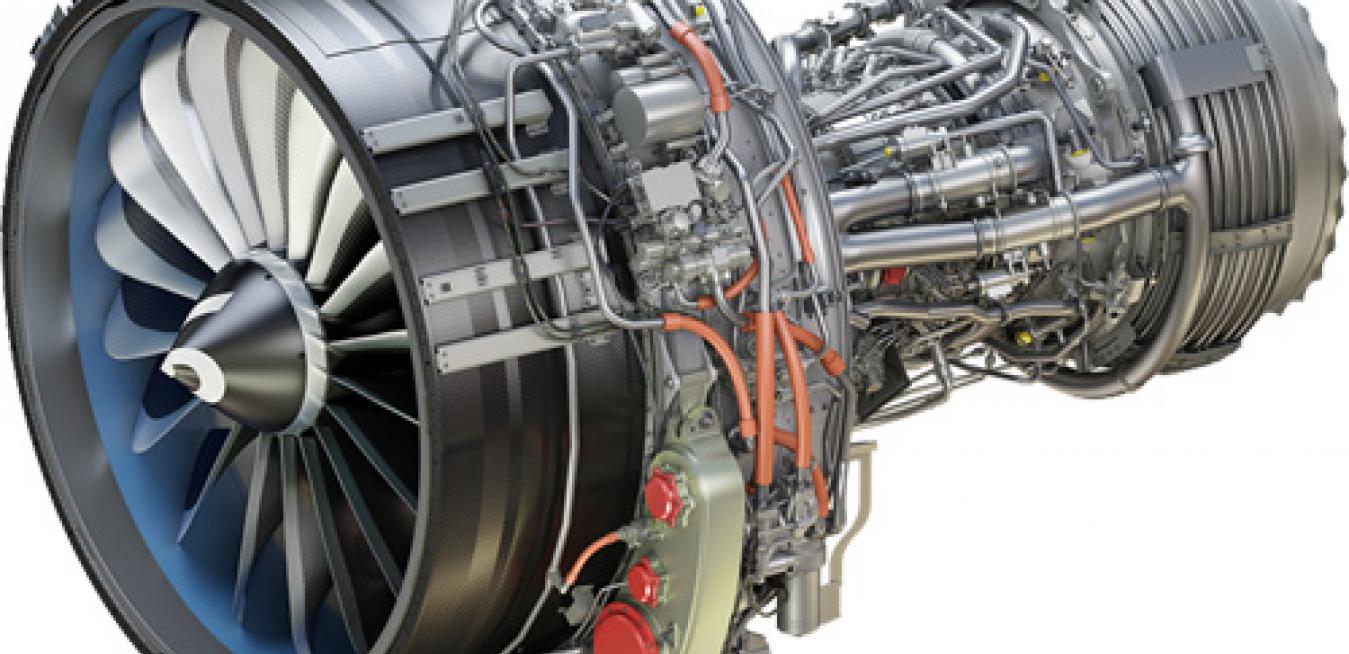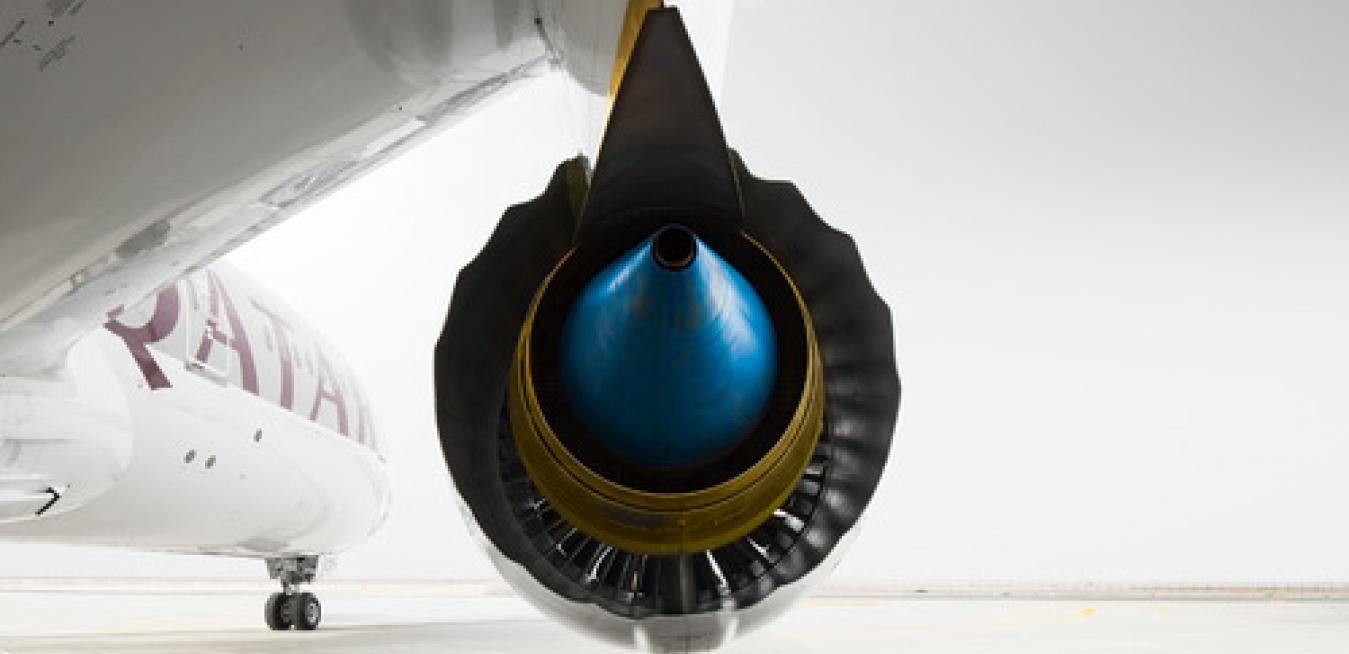Some travelers landing at the Jiuzhai Huanglong Airport in China’s mountainous Sichuan province say their ears don’t pop. At 11,311 feet, Jiuzhai is the third highest airport in China, nestled among jagged, snow-capped peaks of the Min Shan mountain range.
Airports in this part of China used to be infamous for weather delays, cancellations and tortuous landing approaches. But that changed in 2011, when Jiuzhai rolled out a new GE aircraft navigation system called required navigation performance (RNP).
People have been using ceramics to store food, drink tea, and tile their homes for millennia. But GE engineers recently upped the ante and started putting high-grade ceramics inside jet engines.
TOKYO, June 5, 2013 -- GE Capital Aviation Services Limited (GECAS), the commercial aircraft leasing and financing arm of GE, announced delivery of a new leased Boeing 737-800 to Skymark Airlines to expand the Japanese low-cost carrier's fleet. The aircraft comes from GECAS' existing order book with Boeing.
With bases at Tokyo International Airport and Kobe Airport, Skymark currently operates a fleet of 30 Boeing 737-800s to 15 destinations in Japan.
business unit
tags
Jet engine maker CFM International, a joint venture between GE Aviation and France’s Snecma, completed a design freeze for its latest jet engine that includes for the first time components made from advanced ceramic composites and parts manufactured using 3-D printers. “All of our testing and design work leading to this moment demonstrates that we are on track to meet all of our program commitments,” said Gareth Richards, LEAP program manager at GE Aviation.
David Joyce, president and CEO of GE Aviation, spent the last decade developing some of the world’s most advanced jet engines. His timing was perfect. Plane manufacturers estimate that the world aircraft fleet will double in size over the next 20 years to some 40,000 planes. Joyce now needs to make enough engines to meet the voracious demand.








